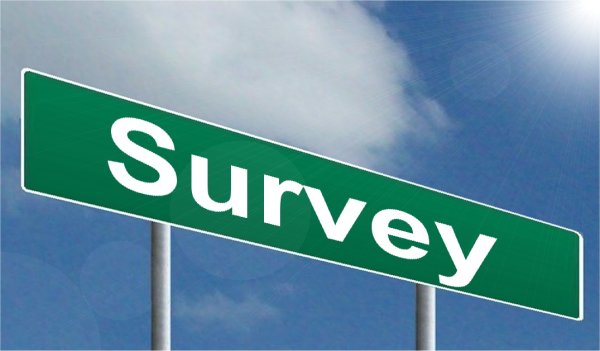One of the more important decisions in survey research is the construction of the response scale. Researchers must make a number of decisions, such as:
- Should the scale be 5, 7, 10 or 11 points?
- Should it be unipolar or bipolar?
- Is it balanced?
- Should the scale points be ascending or descending?
- What is the appropriate level of labeling?
- Are the attribute labels different from the overall rating labels?
Each one of these topics can be quite extensive, but you should be happy to know that researchers can provide strong guidelines.
Mid-Point Labels Can Be Confusing
To start off, let’s concentrate on one small aspect, namely midpoint labels.
Example 1
Let’s think about a five-star rating. If you were only shown the stars, you might envision 1 star = Very Poor, 2 stars = Poor, 3 stars = Fair, 4 stars = Good, 5 stars = Very Good. Researchers would often show these labels to remove any ambiguity in the mind of the respondent.
Notice that the envisioned midpoint of “Fair” is neither a bad or a good rating, i.e. this scale is balanced
Example 2
Sometimes surveys might use unbalanced scales where 1 = Poor, 2 = Fair, 3 = Good, 4 = Very Good, and 5 = Excellent. In this case, the midpoint is a positive rating! Typically, researchers like to use balanced scales, but in some fields, a balanced scale might not show enough differences in answers – for example, when most responses are positive.
Example 3
Let’s look at the star labels for a popular review site named Yelp. 1 = Eek Methinks not. 2 = Meh. I’ve experienced better, 3 = A-OK, 4 = Yay! I’m a fan. 5 = Woohoo! As good as it gets!
Although it is cute, the labeling for the 3 stars is a little problematic. Does A-OK mean just ok? all-right? or perfect? In fact, if I was shown only the labels, it might be difficult for me to know A-OK is worse than Yay! I’m a fan.
Example 4
Let’s look at an example in the Net Promoter Score (NPS) world, namely the likelihood to recommend question which ranges from 0 = Not at all Likely to 10 = Extremely Likely. This is a unipolar scale where only the end-points are labeled. But is this the only version of the NPS scale? No. Sometimes the 5 is also labeled as Neutral. But again, what does Neutral mean? Somewhat likely? 50% Likely? No opinion? Neither likely or unlikely? To tell you the truth, I’m not sure and, more importantly, your respondents may not know.
So Does Any of This Matter? Yes, Very Much So!
For example, labeling the midpoint on the NPS question often results in more 5s being selected. Remember that 5’s are considered detractors thus your NPS score could go down with the introduction of the midpoint label. Yikes! Me Hopes Not.
Designing Good Scales
Designing good scales is important because there are no magic “Likely to Recommend” rulers or Satisfaction rulers. Although scale recommendations can vary depending on the situation, general answers to the introductory questions are:
- More points (such as 11) are preferred to fewer points.
- Use of unipolar versus bipolar scales doesn’t have much of an impact.
- Balanced scales are more desirable.
- Historically, positive labels were placed on the left side.
- End-point only labeling is best for scales with many points.
- Detailed attribute ratings should have a different scale than the overall rating questions.
If you need help designing the scale, feel free to reach out. There are often tradeoffs that need to be considered and discussed. And I’ll continue to write additional blogs to help you understand scales and the pitfalls companies run into when designing survey scales.



